The origin of record-breaking projects
"More than 10 years ago, when he took me from Hanoi to Ho Chi Minh City for the university entrance exam, the first place my father wanted to go was the Thu Thiem tunnel. I still remember sitting in a taxi passing through the tunnel, my father kept asking the driver, "Are we going through the middle of the river?", "How long is this tunnel?"... My father said that at that time, the Thu Thiem tunnel across the Saigon River was the most impressive infrastructure project in Ho Chi Minh City. Later, when introducing my daily route to school to my friends, my father still said, "My child studies in Thu Duc, every day he drives through the Thu Thiem tunnel," said Quynh Mai (living in District 7).
From the formerly deserted swamp has emerged Phu My Hung urban area, the first modern, model urban area in Vietnam.
PHOTO: HOANG QUAN
Not only for people from far away, but also for the people of the city named after Uncle Ho, Thu Thiem tunnel is a source of pride. With a total length of 1,490 m, of which 370 m consists of 4 tunnel segments submerged under the river, this is the first and largest river-crossing tunnel that no country in Southeast Asia at that time had been able to build. Attending the opening ceremony of Thu Thiem tunnel and East-West Avenue (currently Vo Van Kiet Street) on the morning of November 20, 2011, Major General Tran Thanh Lap, former Political Commissar of the 10th Special Forces Group of Rung Sac, emotionally shared with VNA: "36 years ago, our soldiers fought bravely and steadfastly against the enemy right next to this river and to cross the Saigon River, the soldiers spent 30 minutes with many lurking dangers. At that time, we only hoped for peace to be restored and for a prosperous life, but we did not think that we would be standing here, witnessing the inauguration of Thu Thiem tunnel with a modern scale, beyond imagination. We hope that this project will contribute to promoting the city's socio-economic development to become more civilized and modern".
Not only Major General Tran Thanh Lap, many people in the city still remember clearly the image of the wide road from Cat Lai intersection to Binh Chanh district, nearly 22 km long, filled with banners and flags. Since 1975, Ho Chi Minh City has never been more beautiful and splendid than the day the century-old project through the city center connecting the East and West banks was completed. Not only is it the longest key radial route in the city, helping to connect the center of Ho Chi Minh City with Thu Thiem, reducing the load on Saigon bridge, the East-West Avenue project also created a strong change in the urban landscape when this is the project with the largest number of compensation and clearance in the city - 6,744 households and 368 agencies and units. From a shabby appearance, tens of thousands of residents living along the banks of Tau Hu - Ben Nghe canal and on both sides of Ham Tu and Tran Van Kieu streets have been resettled to new, better and more convenient places, in exchange for a new, spacious and beautiful road. Currently, Ho Chi Minh City is continuing to study the plan to extend this boulevard to Long An, connecting with Trung Luong expressway to increase regional connectivity.
The Landmark 81 building is the tallest in Vietnam
PHOTO: NGOC DUONG
More than a year before the inauguration of the Saigon River tunnel, Ho Chi Minh City also became the first locality in the country to have an inter-provincial expressway when the Ho Chi Minh City - Trung Luong expressway opened to traffic. Belonging to the North - South expressway system in the east, the Ho Chi Minh City - Trung Luong expressway is more than 40 km long, connecting Ho Chi Minh City with the two provinces of Long An and Tien Giang, with an investment capital of nearly 10,000 billion VND. The operation of the expressway not only marks a major turning point for the transport sector but also creates a breakthrough for the Southern economy by eliminating the monopoly of National Highway 1 from Ho Chi Minh City to the West, which has been degraded and overloaded, "pulling" the West closer to the city. Instead of having to travel 90 minutes on the often congested national highway, trucks transporting goods, bringing people from the West to the city to work can now run smoothly on the beautiful, wide 4-lane expressway, arriving in just 30 minutes. Since then, a network of expressways connecting Ho Chi Minh City to the provinces of the Southeast and Southwest has been newly built, expanded, extended, and expanded by Ho Chi Minh City, opening up space for economic development.
Over the past 50 years, Ho Chi Minh City has successively created record-breaking projects such as: The Landmark 81 building - at the time of its opening, it not only became the tallest building in Southeast Asia but also broke other records such as the highest observation deck in Vietnam, the tallest apartment in Vietnam and the tallest restaurant and bar in Southeast Asia; or Phu My bridge, one of the cable-stayed bridges with the most modern cable-stayed engineering in the world; metro line No. 1, the first underground urban railway line in Vietnam...
From swamps to livable urban areas
For those who have been attached to Ho Chi Minh City for almost their entire lives, such as Mr. Phan Chanh Duong (formerly a member of the "sixth group" of passionate intellectuals), it is difficult to imagine that the South of Ho Chi Minh City could become a developed urban area, known as the "rich area" as it is today. Mr. Duong recalls: In the years after 1975, a part of the old Nha Be District, now District 7, was just a swampy, deserted area with very difficult transportation, mainly by waterway connecting the city center to Can Gio District and the western provinces. At that time, the local economy was underdeveloped, the labor force working in the industrial sector in the 1990s accounted for only 0.7%, and trade and services were mainly small businesses in the form of small traders. This was an area with low professional qualifications and the highest poverty rate in the city at that time.
The spacious East-West Avenue, now Vo Van Kiet Street
PHOTO: NGOC DUONG
However, with the desire to leverage regional economic development, many economic experts in the "sixth group" proposed developing the southern swamp into a livable urban area, establishing an export processing zone (EPZ) to boost exports and attract foreign investment. At that time, Tan Thuan Dong peninsula, Nha Be (now Tan Thuan Dong ward, District 7) was considered to establish the Tan Thuan EPZ today. In 1996, Phu My Hung Company, a joint venture between Tan Thuan Industrial Development Company Limited and CT&D Group (Taiwan) began to build Phu My Hung urban infrastructure. That was Nguyen Van Linh Avenue, 17.8 km long, 120 m wide, 10 lanes, built completely new across the swamp land of Nha Be district (now District 7), District 8 and Binh Chanh district. From here, the first sketches of the EPZ began to gradually materialize. May 2018 is a milestone marking a journey to turn a swamp into the first modern, model urban area in Vietnam, that is Phu My Hung Urban Area.
"The success of the South area is not only the "body" of the city but also the "soul" in it, which is the spread. Without Tan Thuan EPZ, without Nguyen Van Linh Boulevard, there might not be Dong Van Cong Street, Vo Van Kiet Street today; without Phu My Hung Urban Area, the whole South Saigon area, even the whole city, would not be able to shine with many modern urban areas and high-rise buildings like today. It is these projects that have helped make Ho Chi Minh City more modern, and people can live in more spacious houses," said Mr. Phan Chanh Duong.
Similarly, in the memory of Saigon people, Thu Thiem is a swampy land called the Chinese Quarter. Residents in Thu Thiem in the years after 1975 mainly lived on rice fields. Another group chose to row boats for a living. In 1996, the Government approved the planning of Ho Chi Minh City, determining to build the new Thu Thiem urban area on the east bank of the Saigon River, with a total area of 657 hectares. Located just a short distance from the historical core area, opposite the Saigon River, this peninsula was chosen as the new complex center, meeting the development needs of the city of more than 10 million people and a large number of visitors and was expected to become an international financial and commercial center, becoming the most beautiful urban area in Southeast Asia. However, due to the difficult traffic, Thu Thiem has not been able to make a breakthrough. Just over 20 years ago, Thu Thiem was still a pristine swampy area with a deserted population. "Back then, traveling was difficult. The only means of transportation from Thu Thiem to the city center was the ferry. Saigon Bridge was far away in the direction of Binh Thanh, so I didn't want to live there. But I didn't have any money. Thu Thiem area was considered a poor area at that time, so land was very cheap," a resident of this area shared.
Yet after only a decade, everything changed completely. In 2007, Thu Thiem Bridge was completed, and residents from Binh Thanh District began to gradually move to District 2 (now Thu Duc City). When Thu Thiem Tunnel was officially opened to traffic, this area began to turn a new page. A series of high-end housing projects sprung up at lightning speed, roads were newly built, expanded, and cleaned up... Thu Thiem transformed into a "golden land" area that only the rich dare to dream of.
Continuing to gradually form a new satellite urban area in the east, Ho Chi Minh City has launched a series of connecting traffic routes. Ba Son Bridge from the intersection of Ton Duc Thang - Nguyen Huu Canh (District 1) connecting Thu Thiem Urban Area has become an architectural highlight, a new symbol of the city right after the pandemic. Most recently, the pedestrian bridge across the Saigon River has officially started construction, also expected to bring an artistic masterpiece in the middle of the river. Thu Thiem Bridge 3 and 4 will connect District 4, District 7 with Thu Thiem Urban Area and are also being promoted to start construction soon next year. Thu Thiem is moving straight towards becoming the financial and economic center of the whole region.
Ready for the next phase of growth
Arriving in Ho Chi Minh City at noon on April 30, 1975, Dr. Nguyen Huu Nguyen (Ho Chi Minh City Urban Development Planning Association) was proud to witness the entire process of change and development of Ho Chi Minh City over the past 50 years. As an in-depth researcher on urban and infrastructure policies, Mr. Nguyen felt more clearly the remarkable transformation in the development of urban infrastructure in the city.
He said: "On April 30, 1975, when I came here from Hanoi, there were only a handful of high-rise buildings, only 4-5 to 7 floors at most. Now there are countless high-rise buildings, and there are even skyscrapers that have become symbols. The same goes for roads, we have Phu My cable-stayed bridge, river-crossing bridges, river-crossing tunnels, spacious 8-lane boulevards, modern 2-3-storey traffic intersections... These are all high-tech works with unique architecture, creating turning points in the urban development process of Ho Chi Minh City over the past 50 years."
Phu My Hung used to be just a swamp.
PHOTO: PMH
Phu My Hung today is the first modern, model urban area in Vietnam.
PHOTO: PMH
Although pleased with the remarkable development of Ho Chi Minh City, Dr. Nguyen Huu Nguyen said that it must be admitted that the city's infrastructure has not yet developed to keep up with the needs and population growth rate. Traffic jams and flooding have not been resolved, traffic infrastructure growth is quite low at only 10%, the implementation of the public transport system is still slow and environmental pollution is increasing, affecting the lives of the city's people. He hopes that with a strong development orientation in the future with major breakthrough projects and projects, the city's leaders will be determined to do what they say, step by step develop the city's urban infrastructure to continue to inherit and promote the achievements made in the past, making Ho Chi Minh City a civilized, modern, livable city.
Chairman of the Ho Chi Minh City Real Estate Association Le Hoang Chau also proudly said: Up to now, after 50 years, Ho Chi Minh City has expanded a lot, in terms of height, width and depth. In the first years after liberation, the tallest building built in 1980 was only 14 floors, the New World Hotel. Up to now, the city has had a building up to 86 floors high and is preparing to have an 88-floor building, and in the future it will be even higher. Previously, Ho Chi Minh City only had 11 inner-city districts, without District 12 and the lettered districts. Along with that, Ho Chi Minh City has moved out to the sea with the largest ports in the region. The urban appearance has developed with the first model urban area being Phu My Hung and new urban areas.
"For me, the most impressive thing is the change in the lives of people living on and along the canals. During the war, it was a revolutionary base and I myself lived in a house on the bank of the canal in District 8. Up to now, we have relocated more than 28,000 houses on the banks of the canal, changing the lives of the people. Another thing is that old apartments have been rebuilt, and modern high-rise apartments have been built in the inner city districts. Ho Chi Minh City was also the place where charity houses were first built in Cu Chi and Hoc Mon districts in the 1980s. At that time, people had no money so they exchanged it with rice, cassava and potatoes. Ho Chi Minh City was also the first locality to renovate the urban area in Bau Cat, Tan Binh District when it built 1,000 houses for sale on installments. Currently, the quality of life and living conditions have been significantly improved, when the shabby, hot boarding houses of 20 years ago are now more spacious. These are real changes in life. "It is of great significance in the development journey of the city," said Mr. Le Hoang Chau.
After 50 years of national reunification, Ho Chi Minh City has achieved great results. This comes from the concerted efforts and contributions of the Party and State leaders, the business community, especially private enterprises and foreign investment resources. A highlight of the 50 years is the revolution of arranging the 2-level state apparatus, eliminating the intermediate level. This creates a government close to the people. All people's needs are resolved at the grassroots level. This will be a breakthrough that brings the city to a new, more brilliant stage of development.
Mr. Le Hoang Chau, Chairman of Ho Chi Minh City Real Estate Association
Thanhnien.vn
Source: https://thanhnien.vn/nhung-cong-trinh-thay-doi-dien-mao-tphcm-185250401223113028.htm


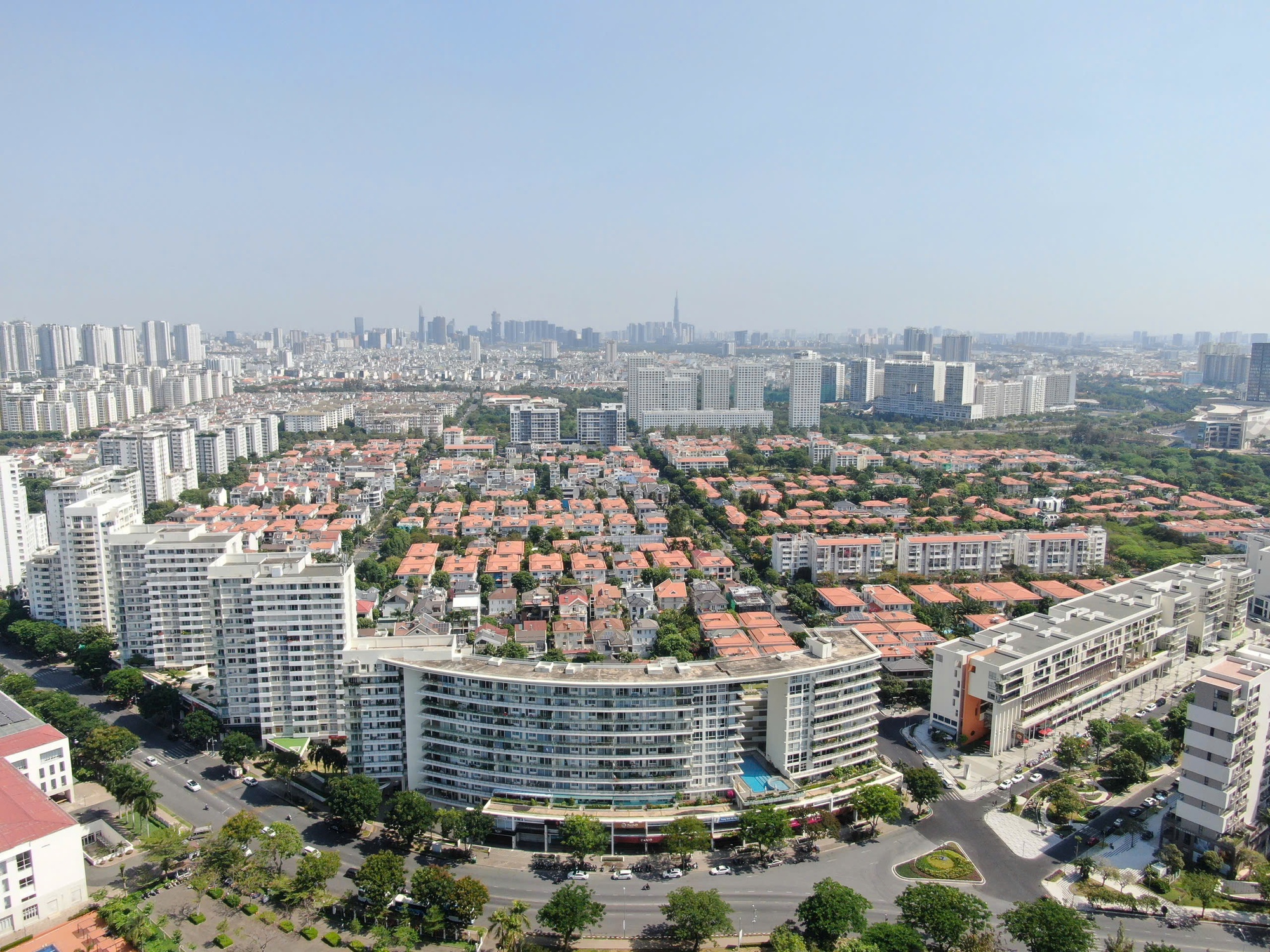
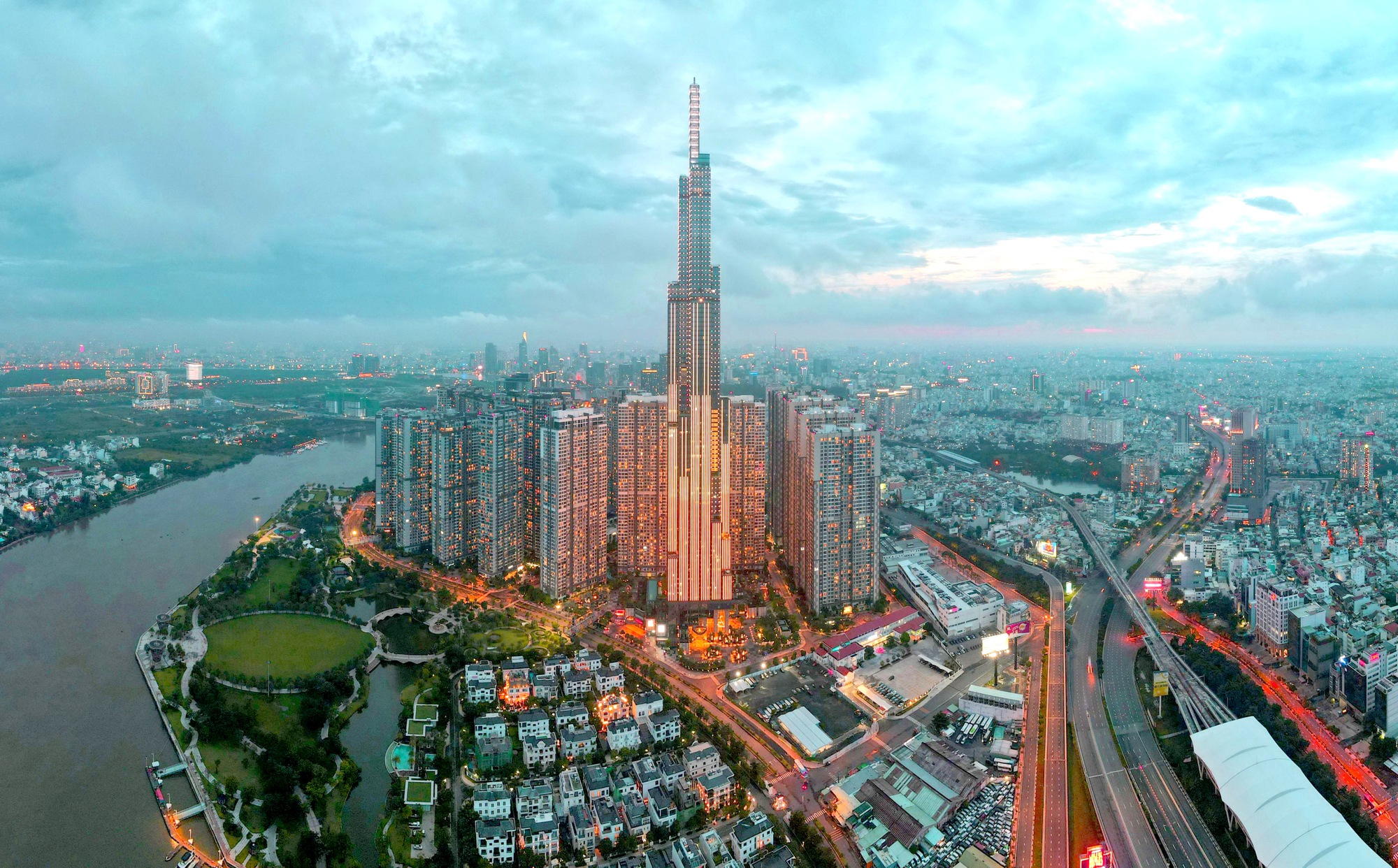
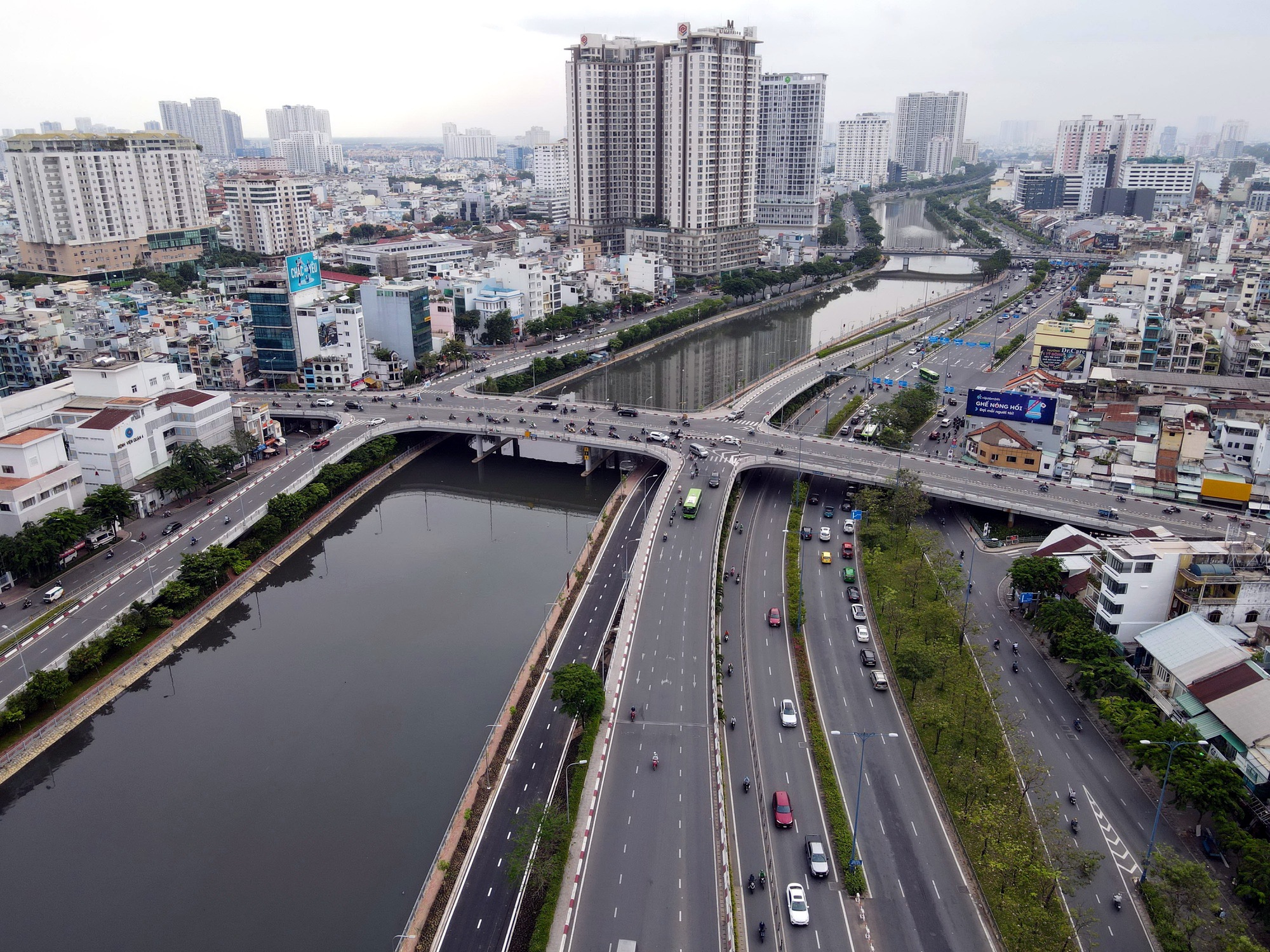

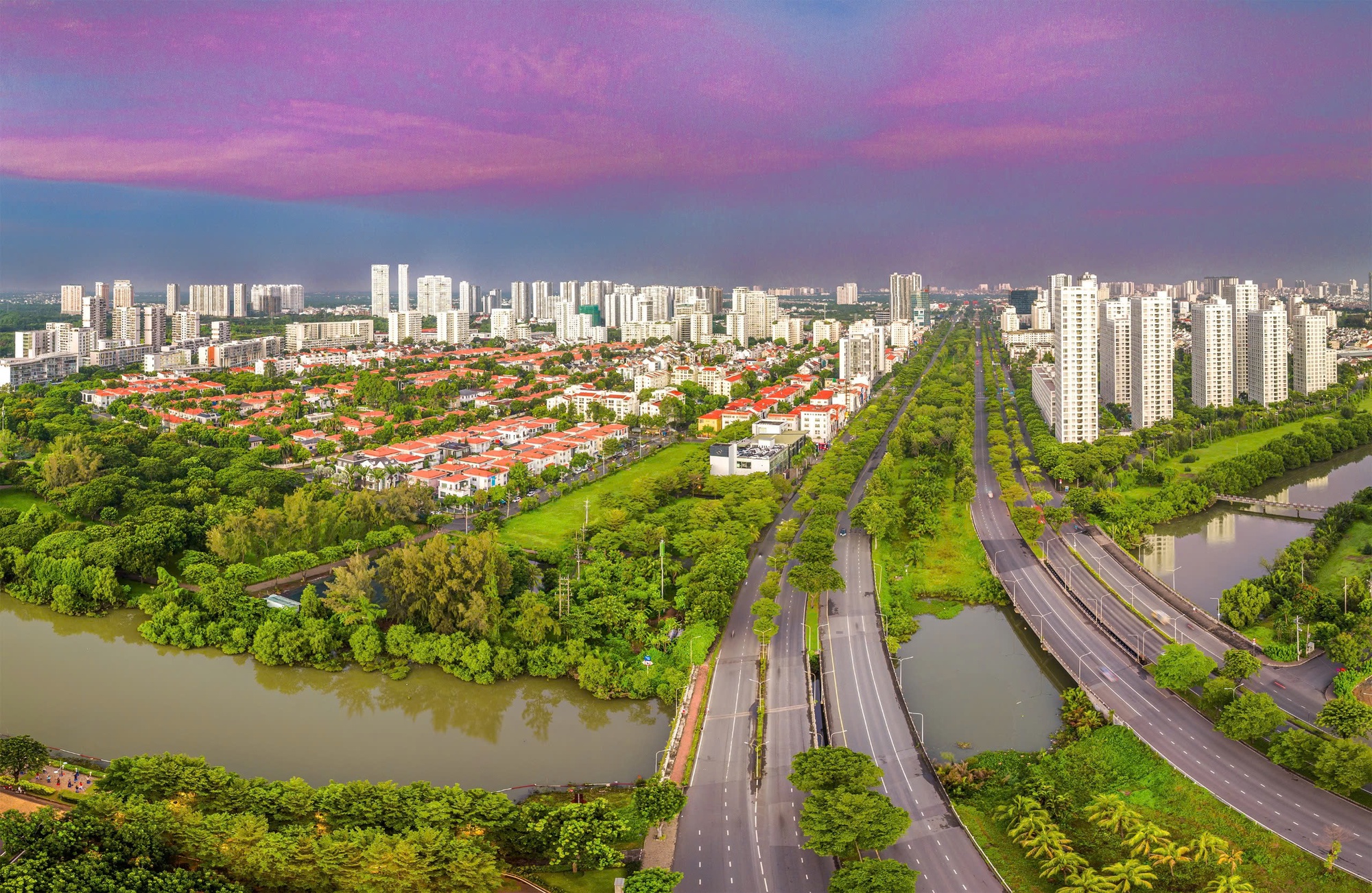
![[Photo] Looking back at the impressive moments of the Vietnamese rescue team in Myanmar](https://vstatic.vietnam.vn/vietnam/resource/IMAGE/2025/4/11/5623ca902a934e19b604c718265249d0)




![[Photo] "Beauties" participate in the parade rehearsal at Bien Hoa airport](https://vstatic.vietnam.vn/vietnam/resource/IMAGE/2025/4/11/155502af3384431e918de0e2e585d13a)

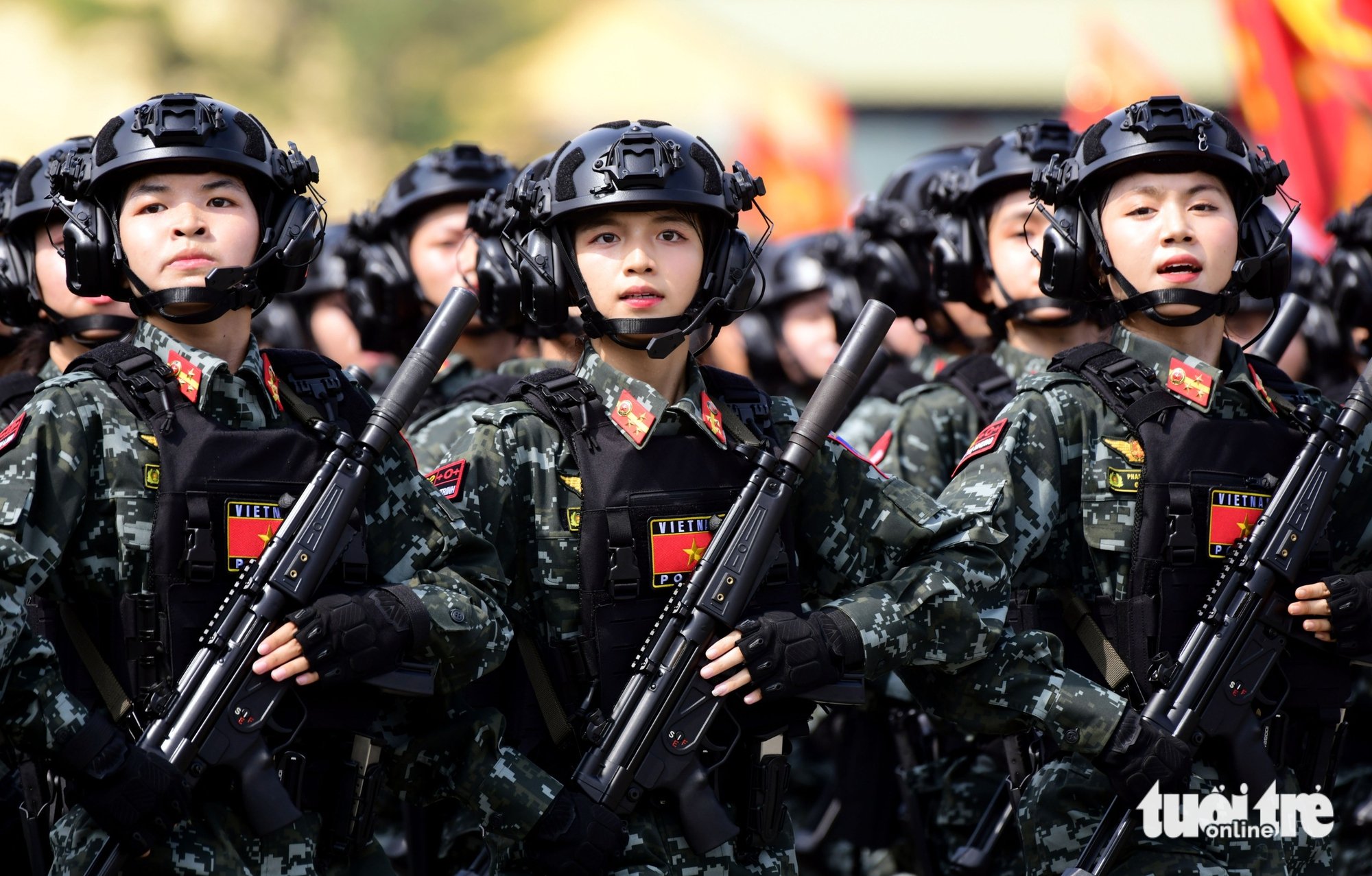






![[Photo] Summary of parade practice in preparation for the April 30th celebration](https://vstatic.vietnam.vn/vietnam/resource/IMAGE/2025/4/11/78cfee0f2cc045b387ff1a4362b5950f)
![[Photo] Phuc Tho mulberry season – Sweet fruit from green agriculture](https://vstatic.vietnam.vn/vietnam/resource/IMAGE/2025/4/10/1710a51d63c84a5a92de1b9b4caaf3e5)
![[Photo] Prime Minister Pham Minh Chinh chairs meeting to discuss tax solutions for Vietnam's import and export goods](https://vstatic.vietnam.vn/vietnam/resource/IMAGE/2025/4/10/19b9ed81ca2940b79fb8a0b9ccef539a)

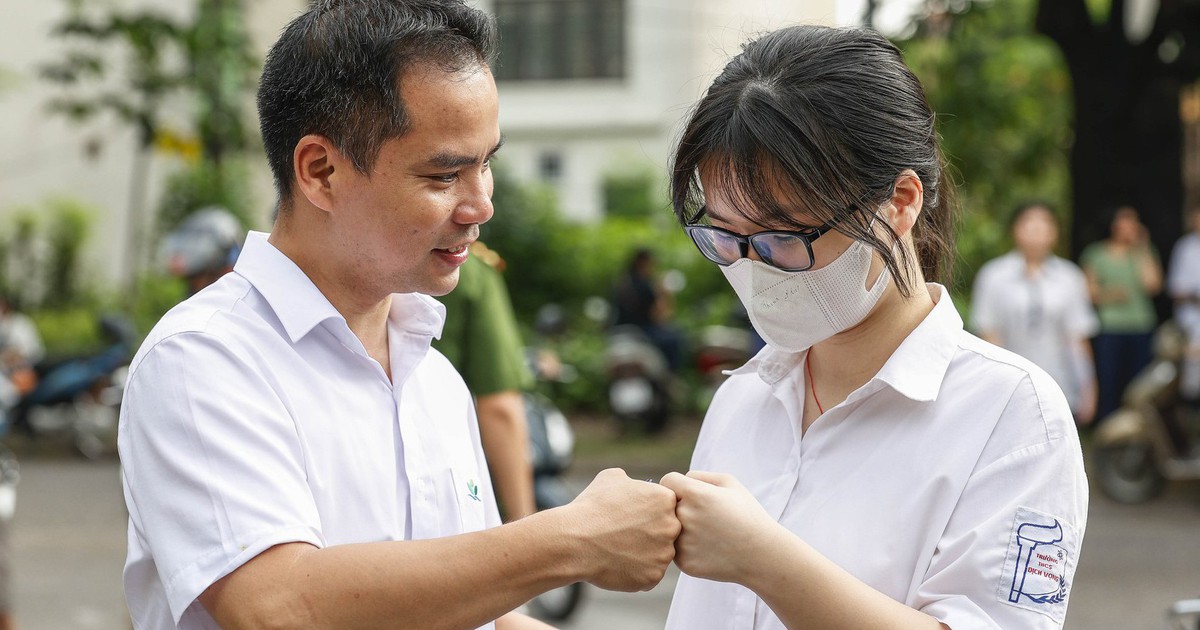

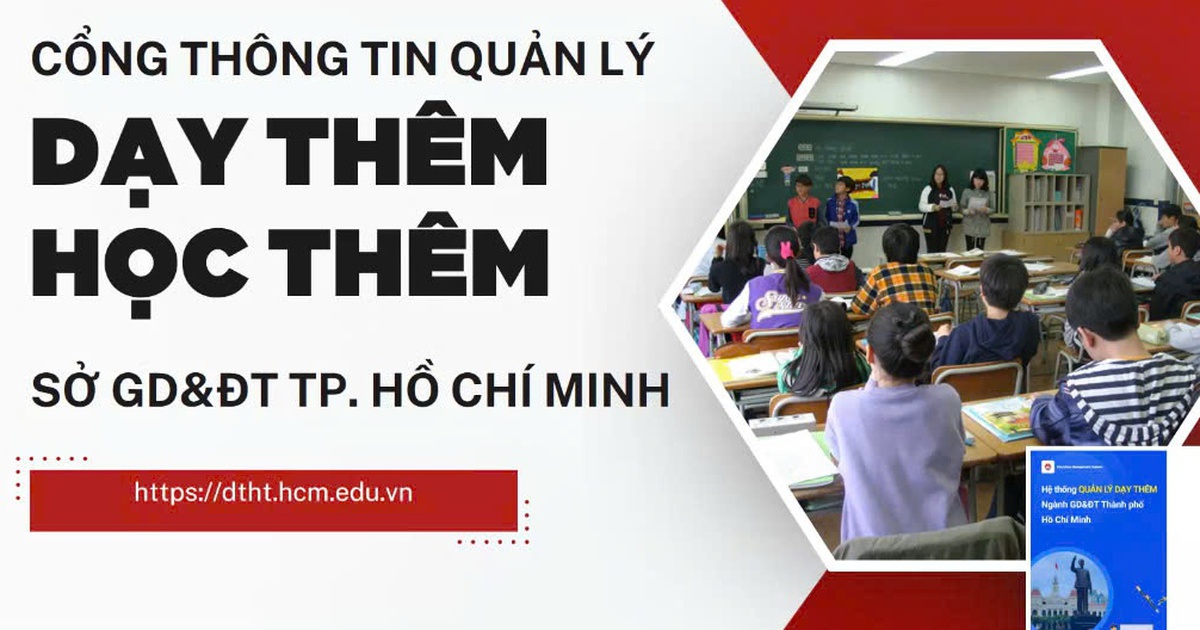
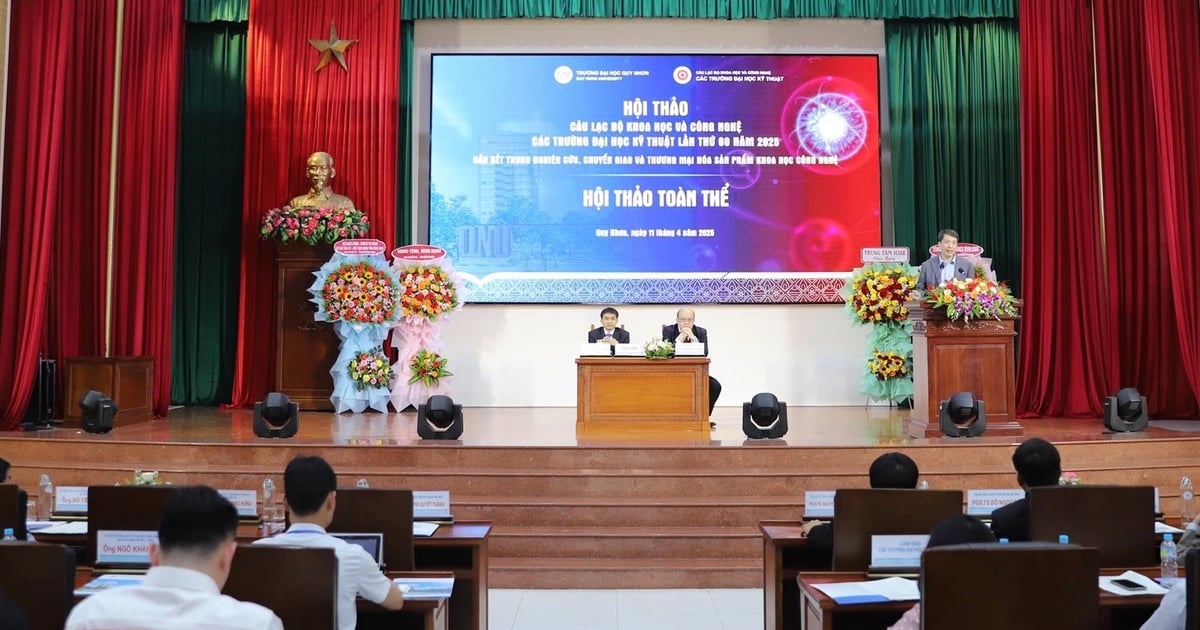










































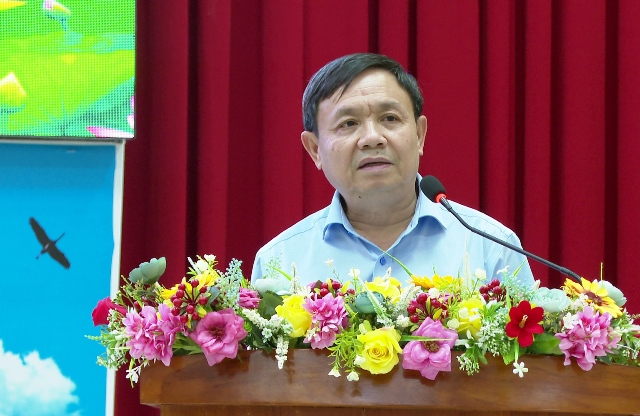
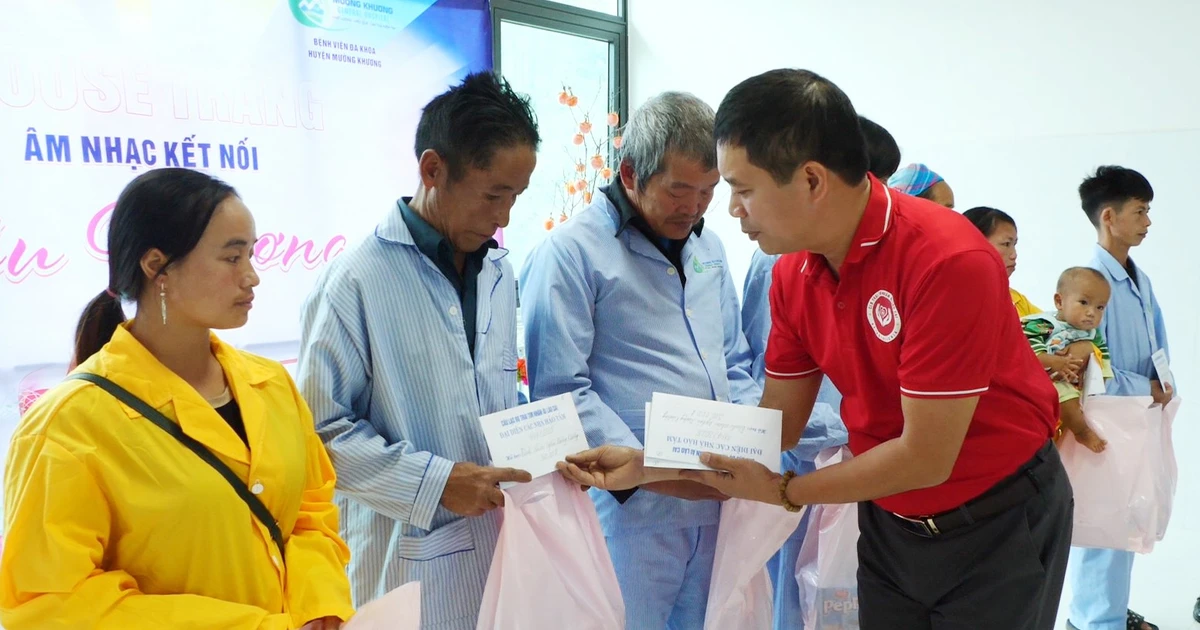

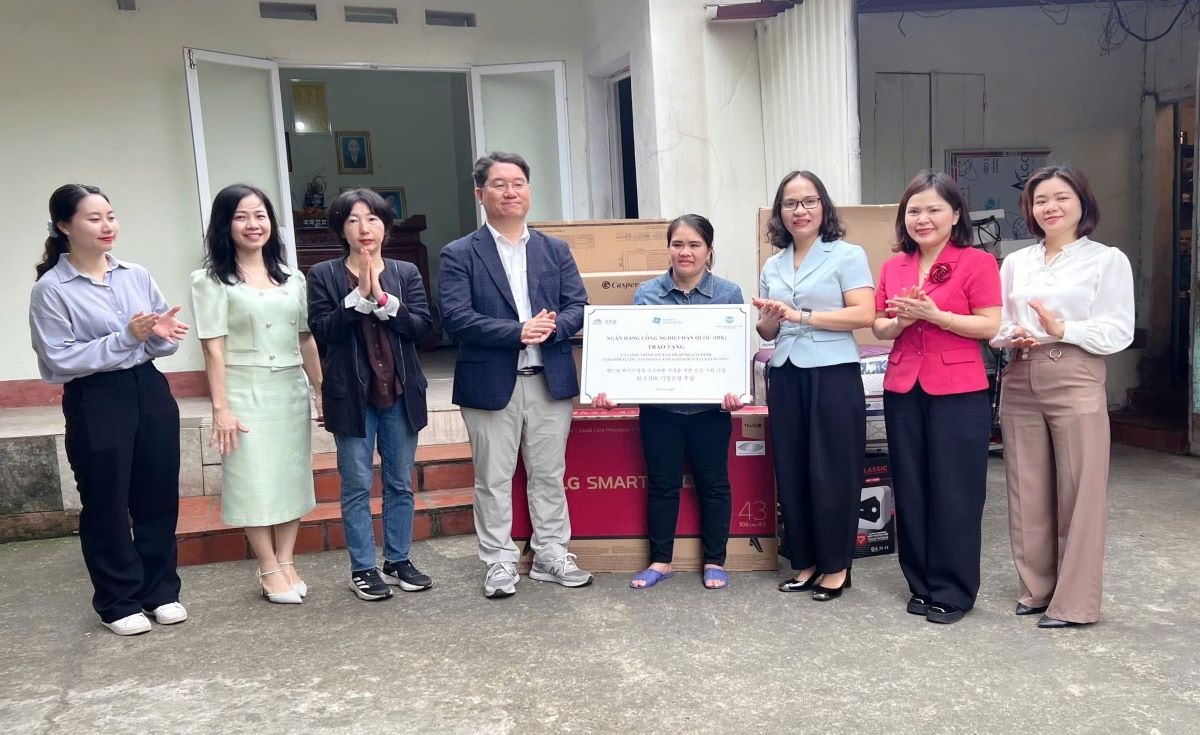

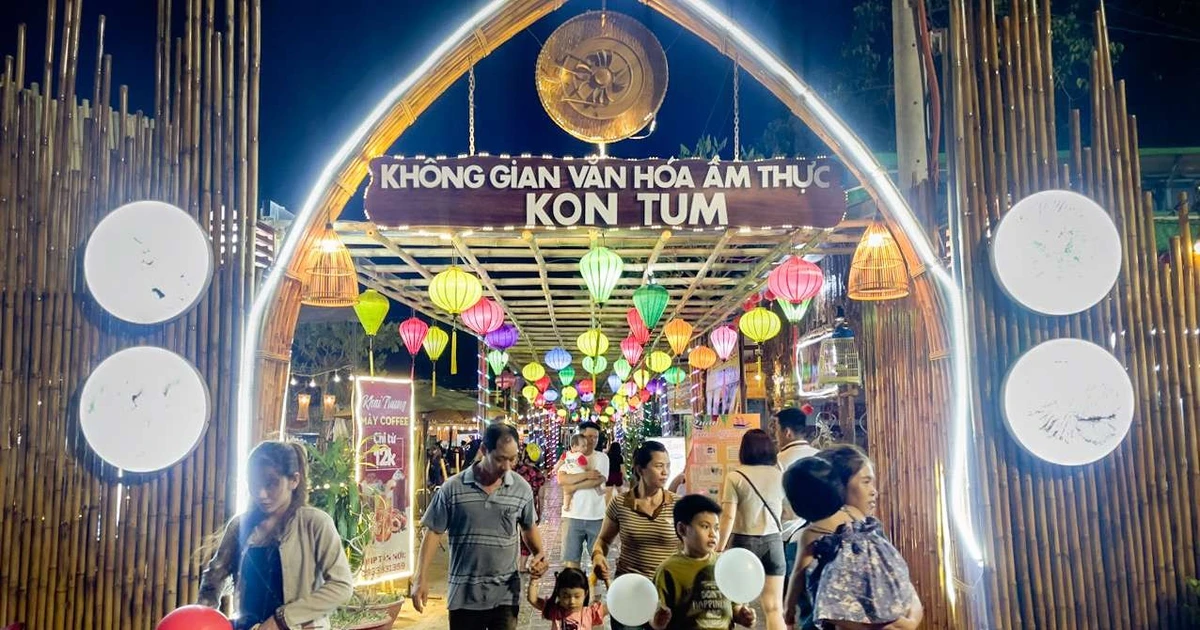

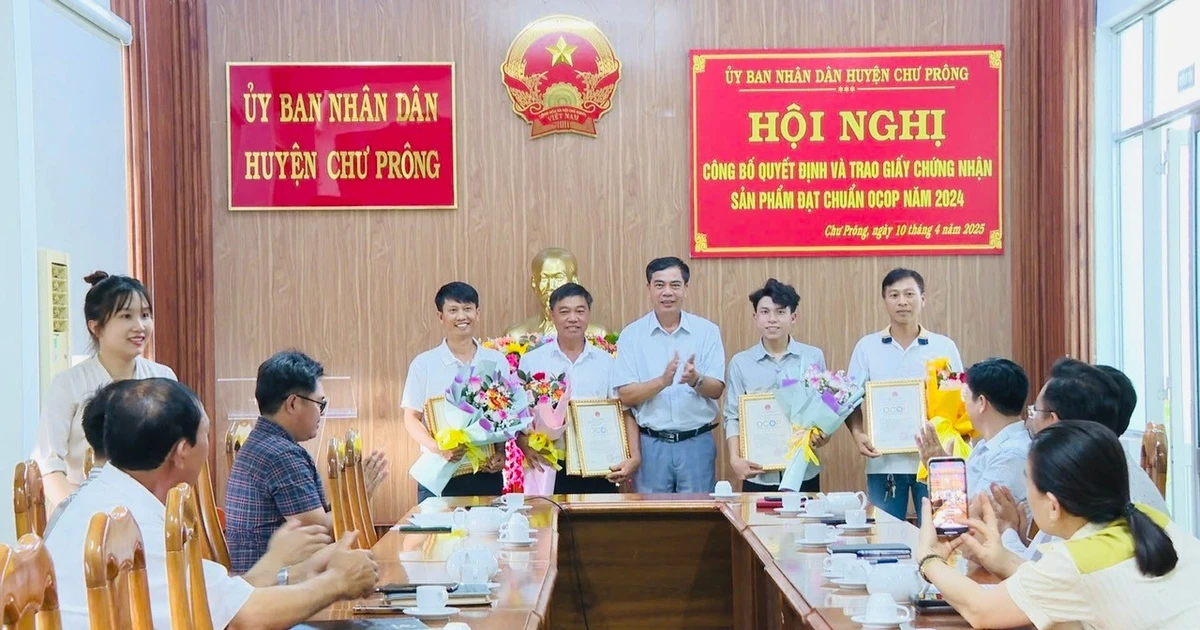












Comment (0)